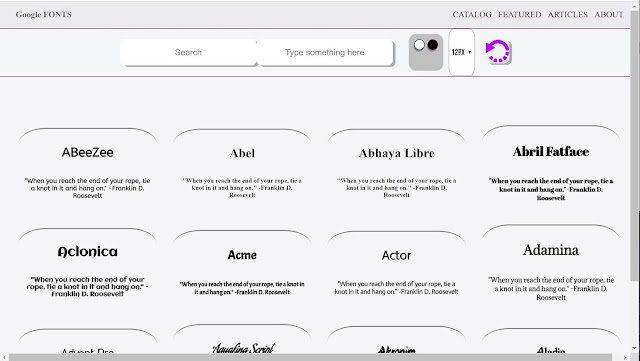JavaScript and a Matrix

Screenshot of the code a 10 by 10 matrix Update 5/11/2021 I have successfully used the matrix to create a Snake game in Angular. See the live (Desktop only) game here: Firebase Deploy of Angular S N A K E Update 3/23/2021: I have changed the live version of the game to dynamically create the map for the minesweeper and this allowed for many open windows as to how I can upgrade and add onto the game. The easy version of the game allows people to learn and see how to form a strategy to defeat the original version of the game. There are sounds and options for game type and game size. Click on the options to turn the sound off if loud noises startle you as losing the games results in an explosion noise. Below is the link to the game, hosted on GitHub, and a GitHub link if you'd like to fork the code. Live Game: http


